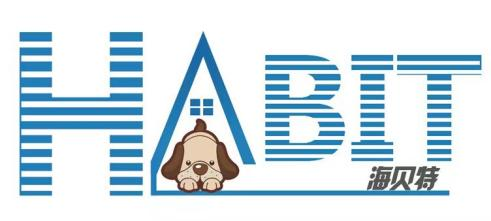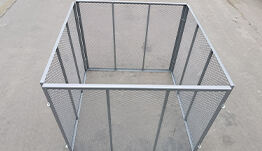Shipment in progress
Being busy with production and delivery every day indicates that your products have a strong market demand. On this basis, we are thinking about how to make this "busyness" more valuable, more sustainable, and transform it into more stable profits and brand advantages.
Offer some inspiration:
Optimize the existing processes, from "busy" to "efficient"
Even if shipments are constantly being made, there may still be areas that can be optimized to save costs and reduce errors.
· Internal process review: Examine the entire chain from order receiving, procurement, production, quality inspection, customs declaration to logistics. Are there any frequently bottlenecked links? Is information transmission smooth? Can more efficient production management or order management software be introduced?
· Logistics cost optimization: Logistics is a major cost item for your shipments to Europe and America. Have you compared the prices and services of different freight forwarders? Have you considered consolidated shipments and container optimization? Establishing a long-term strategic partnership with logistics partners may help you secure better prices and more stable shipping space.
· Inventory management: Can you predict orders more accurately, optimize the inventory levels of raw materials and finished products, and reduce capital occupation?
2. Deepen customer relationships, from "supplier" to "partner"
Stable orders are the lifeline of a factory.
· Proactive communication: Don't just wait for customers to place orders. Regularly share production progress, industry trends, and even new product ideas with key customers. Make them feel that you are their reliable eyes and ears and an extended team in China.
· Value addition: Besides manufacturing products, can you offer more services? For instance, better packaging design, more flexible customization options, and more comprehensive after-sales support (such as spare parts supply). This can significantly enhance customer loyalty.
· Developing new customers: While maintaining good relationships with existing customers, you can systematically explore new market customers through well-known B2B platforms (such as Alibaba International Station), industry exhibitions (online or offline), or by collaborating with professional export marketing agencies to diversify risks.
3. Respond to market changes and build a strong barrier of "compliance" and "sustainability"
The requirements for compliance and sustainability in the European and American markets are getting higher and higher, which is both a challenge and an opportunity.
· Regulatory Compliance: Ensure that products continuously meet the safety, environmental protection, and energy efficiency standards of target markets (such as CE certification and RoHS Directive in the EU, UL certification and FCC certification in the US, etc.). Stay updated on regulatory changes to avoid returns or fines due to non-compliance issues.
· Sustainable Development: This is a global trend and a point that European and American buyers highly value. Consider the following:
· Eco-friendly Materials: Use recyclable and biodegradable packaging materials.
· Carbon Footprint: Explore energy conservation and carbon reduction in the production process, which may become your core selling point in the future.
· Social Responsibility: Good employee treatment and working conditions (such as passing BSCI, Sedex, etc. audits) will be a plus for attracting large brand customers.
4. Enhance product value and explore the possibility of "branding"
This is a crucial step in climbing up from the bottom of the value chain.
Product innovation: Based on market feedback, make improvements or minor innovations to the product.

 EN
EN
 AR
AR
 NL
NL
 FI
FI
 FR
FR
 DE
DE
 IT
IT
 JA
JA
 NO
NO
 PT
PT
 RU
RU
 ES
ES
 SV
SV
 TR
TR

